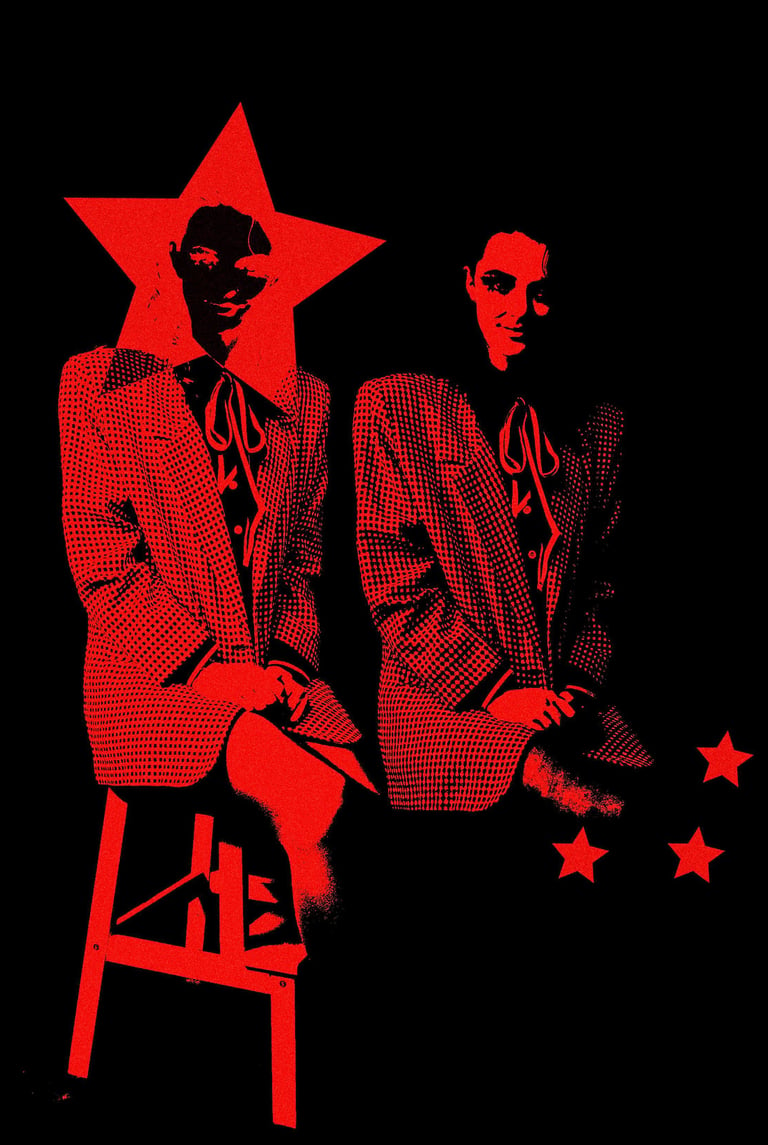Pop Art is for Everyone!
By Kitty Quinn, Photographed/ Edited by Milan Lazovski, Model: Claudia MacAleese
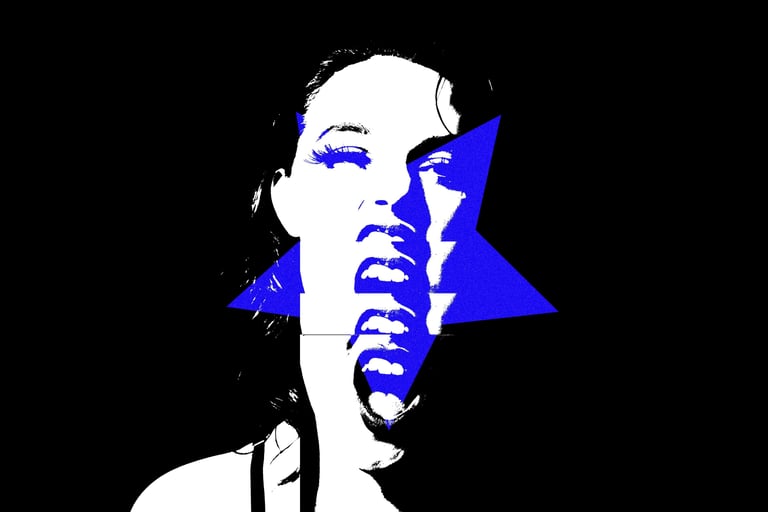

“Don't think about making art, just get it done. Let everyone else decide if it's good or bad, whether they love it or hate it. While they are deciding, make even more art.” - Andy Warhol
Characterized by its bold hues, recognizable imagery and incorporation of satire and irony— pop art is loved, hated and everything in between. Emerging during the 20th century by English and American artists alike, the art movement became one of the most well-loved and highly recognized art styles of all time. Pop art provoked the idea that art can draw inspiration from any source, and that there should be no hierarchy of culture determining whether or not something can be considered a work of art. With the use of popular culture, pop art changed the trajectory of the modern art movement and impacted the history of art unlike anything else.
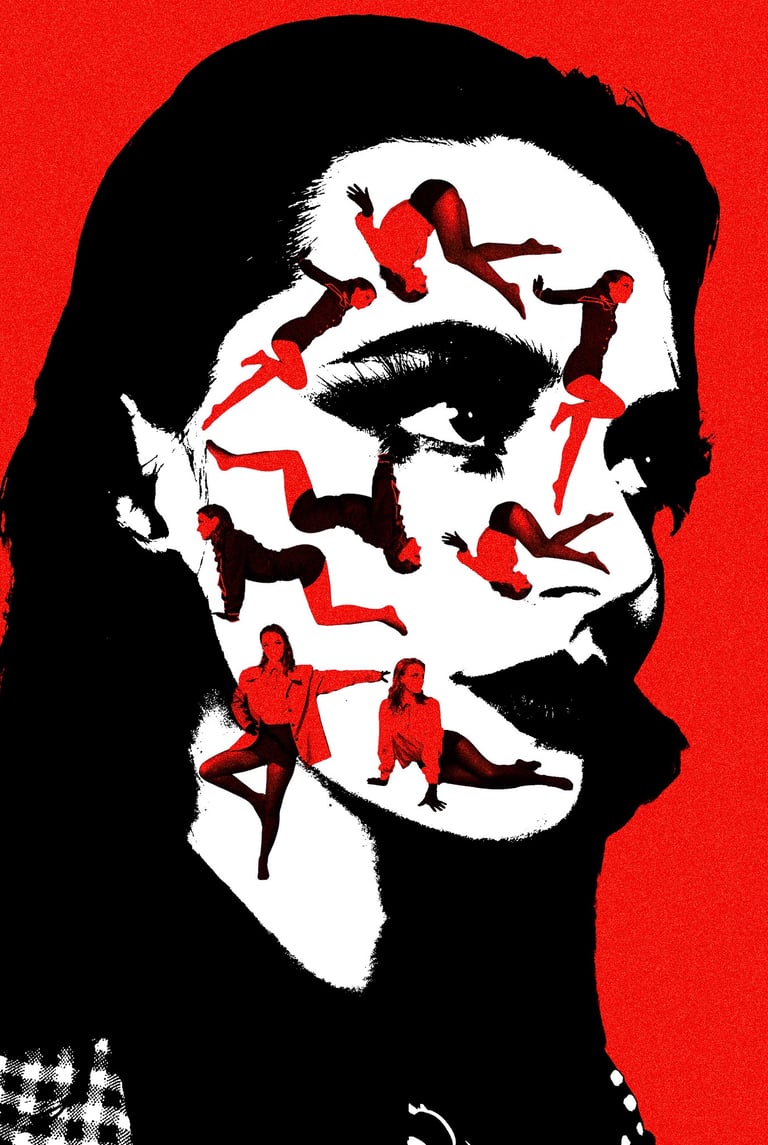

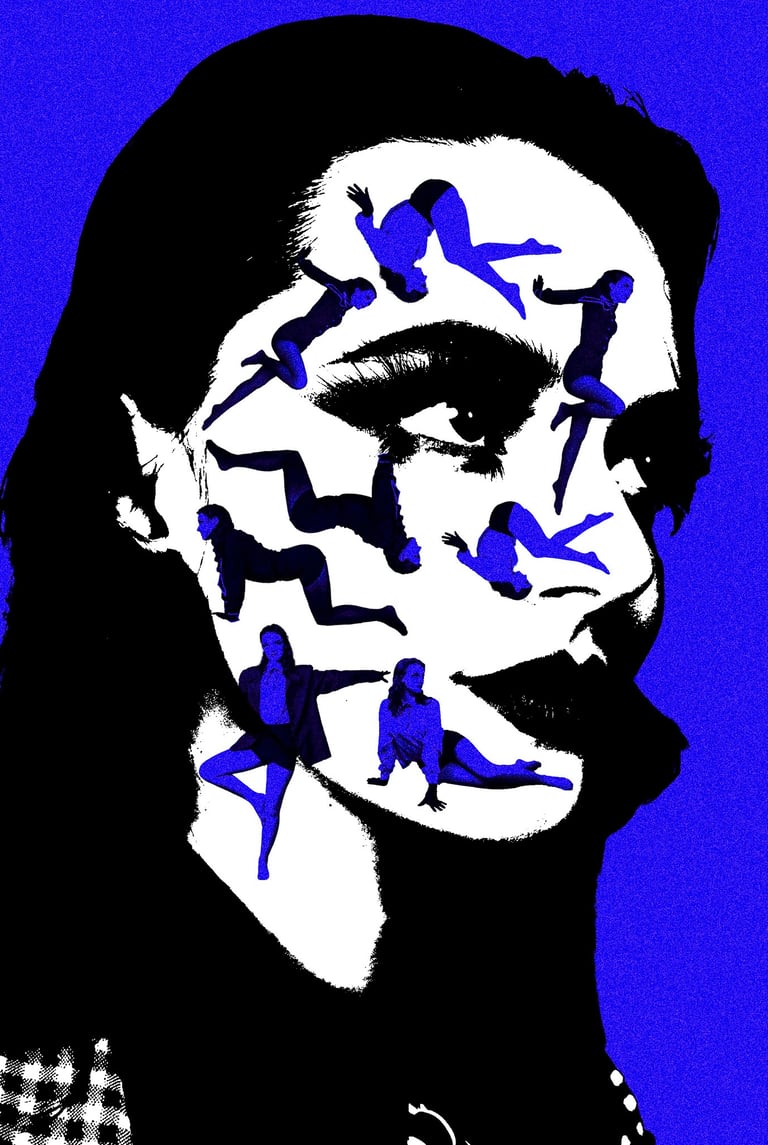

The pop art movement first appeared in Britain during the late-1950s and did not reach America until the latter half of the decade. The globalization of it can be attributed to artists such as Richard Hamilton and Eduardo Paolozzi— both of which were founding members of the Independent Group, which was an artistic and literary collective in London between 1952 and 1955. However, it’s highly argued that the American pop art movement transpired and evolved much differently than its English counterpart. In American terms, it was believed that the movement was created as a direct reaction and as an expansion of the popular abstract expressionism painting style during the time. Pop art also became associated with dada due to its utilization of found images and found objects. One of the best-known artists associated with the pop art movement is the American artist, Andy Warhol. Warhol was most famously known for his images of Marilyn Monroe, Campbell’s Soup cans, and countless others— all of which have become globally recognized and acclaimed long after his death. Like Warhol, other artists like Roy Lichtenstein, James Rosenquist and others sought to emphasize the kitschy and ironic elements of popular culture, rather than contributing to the elitist culture that commonly surrounded art at the time. Following the post-war consumer boom, pop art became the bold, fun and young art movement that characterized the time perfectly and paved the way for expansions on modern art.
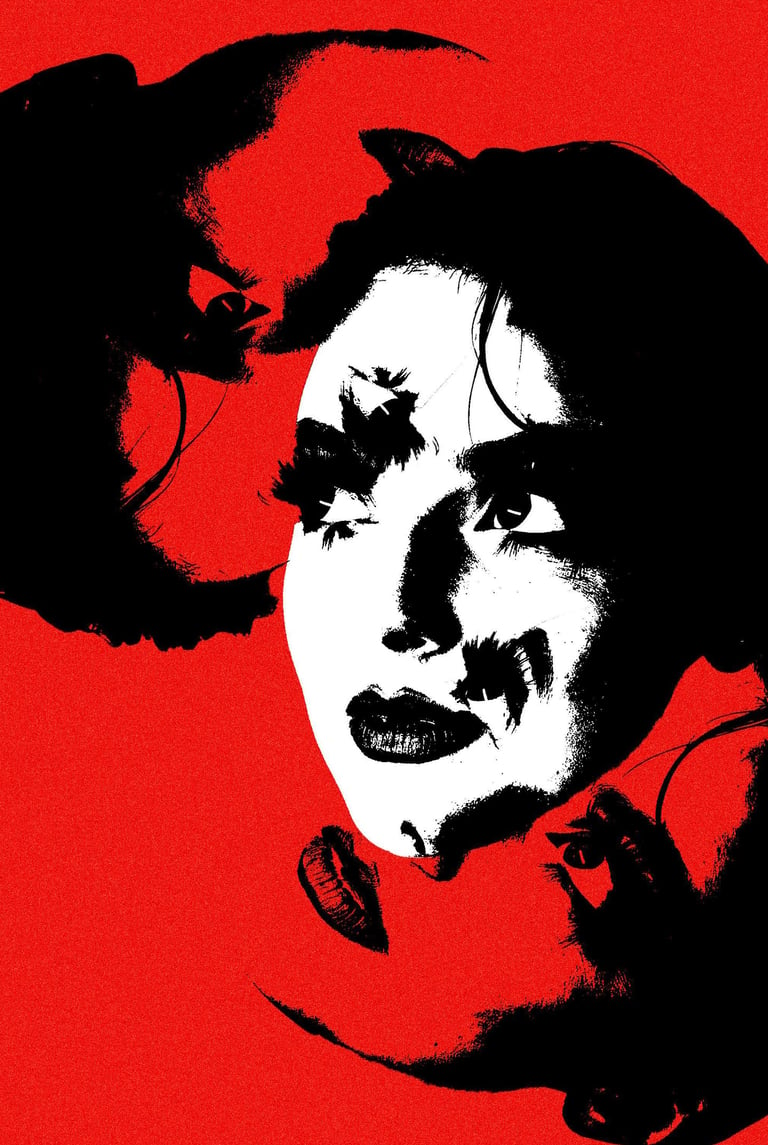

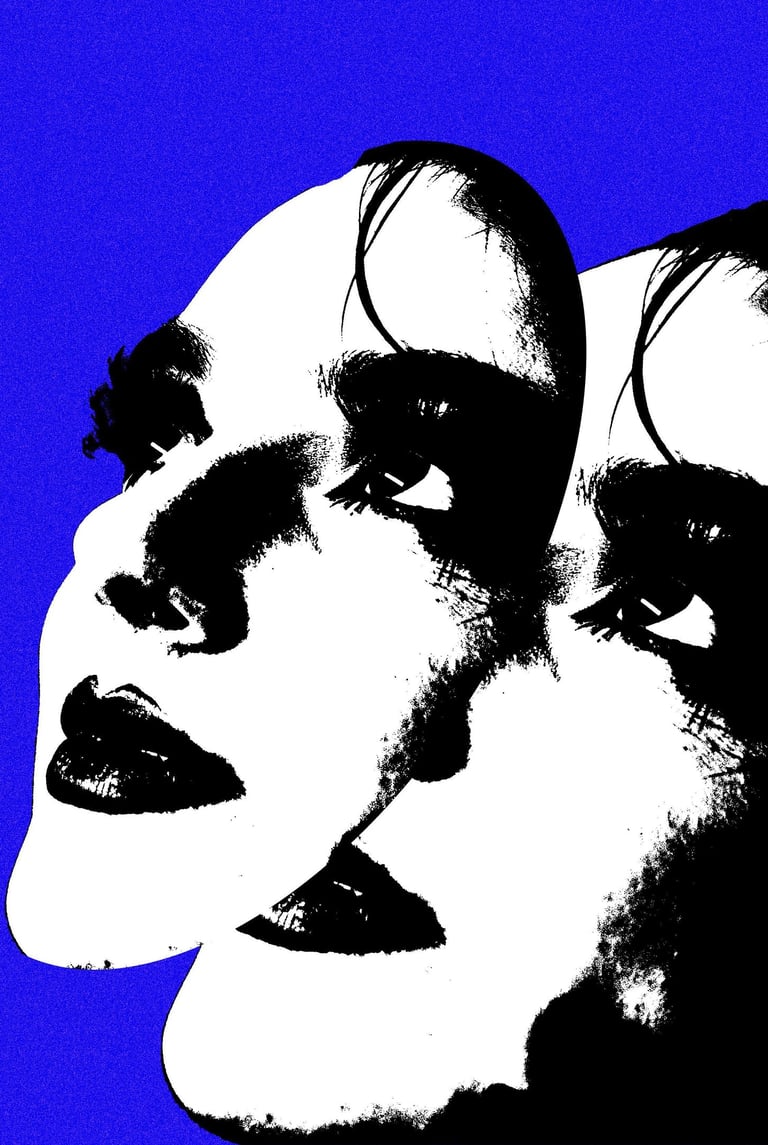

Unlike traditional art, pop art challenged the notion that in order for art to be good, it also has to be difficult to understand. By incorporating elements of mass culture objects and celebrities, the pop art movement began to blur the lines between what was perceived as high art and low culture. It has always been affordable and easily accessible in comparison to the highly expensive traditional art pieces— even in creation. Most pop artists, including the most well-known, had no formal training in regard to their art, and it didn’t require it. Anyone could make pop art— there were no longer the confines of traditional art that convinced the “everyman” that art was too elite for just anyone to make. Pop art didn’t need the judgment of trained critics, only the approval of the public.
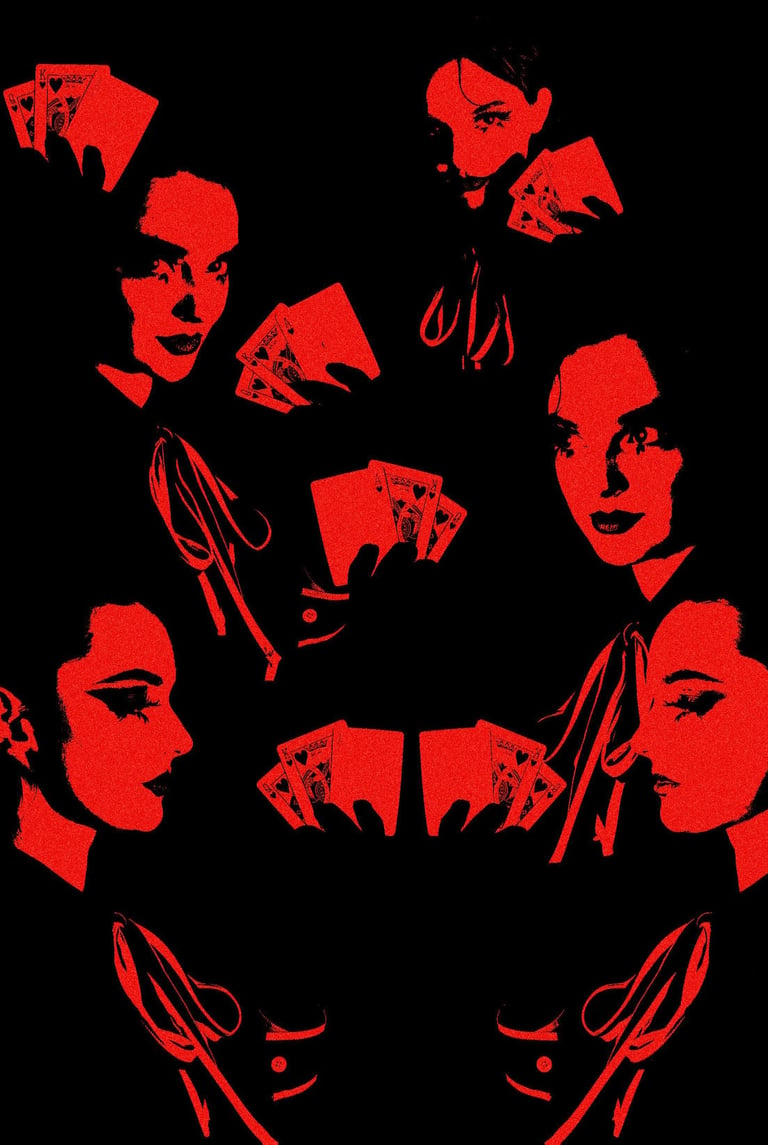

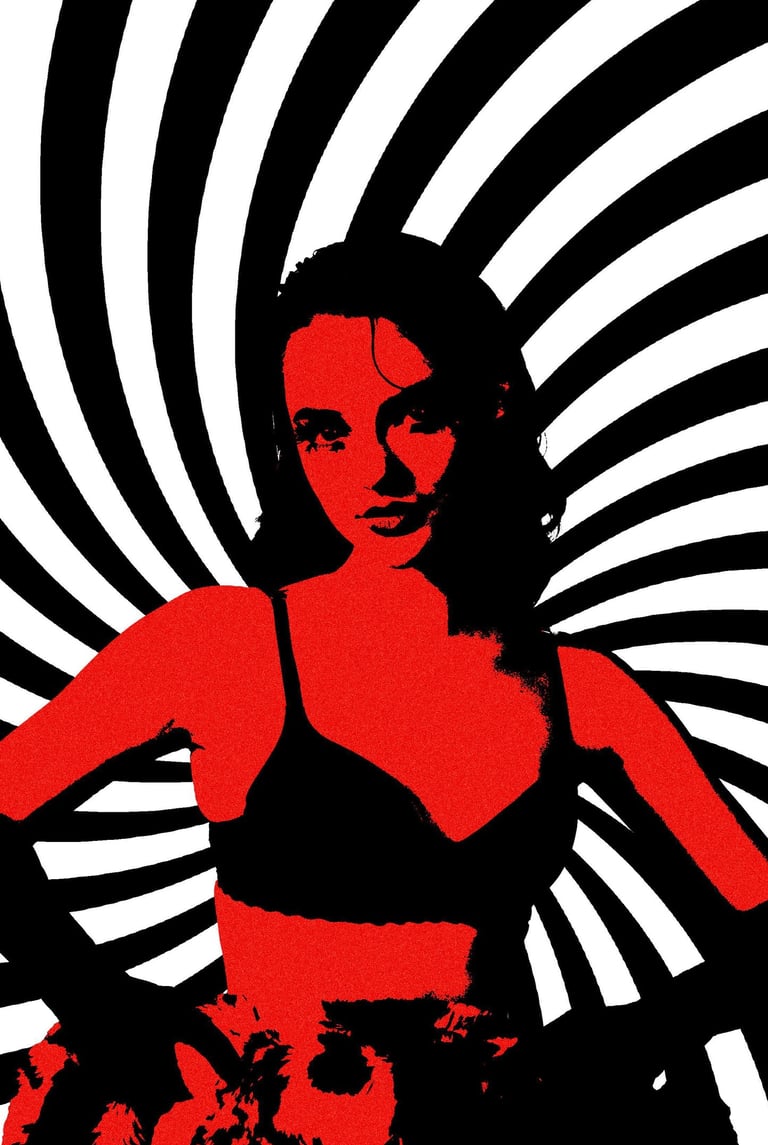

Though pop art has always been widely appreciated from its inception, this doesn’t mean that the movement didn’t have its controversy. Several critics of the movement stated that pop art is banal, unsubstantial and useless. Critically, pop art became known as a lazy art style for lazy artists— stating that works from the likes of Andy Warhol were simply “unoriginal” and boring due to his lack of traditional training. Furthermore, pop art was highly critiqued for its availability for mass consumption due to the ideal that in order for something to qualify as true art, it must be showcased in galleries, museums and private exhibitions. Due to this, pop art began to be seen as a competitor to high art, thus garnering a long-standing feud between the two styles.
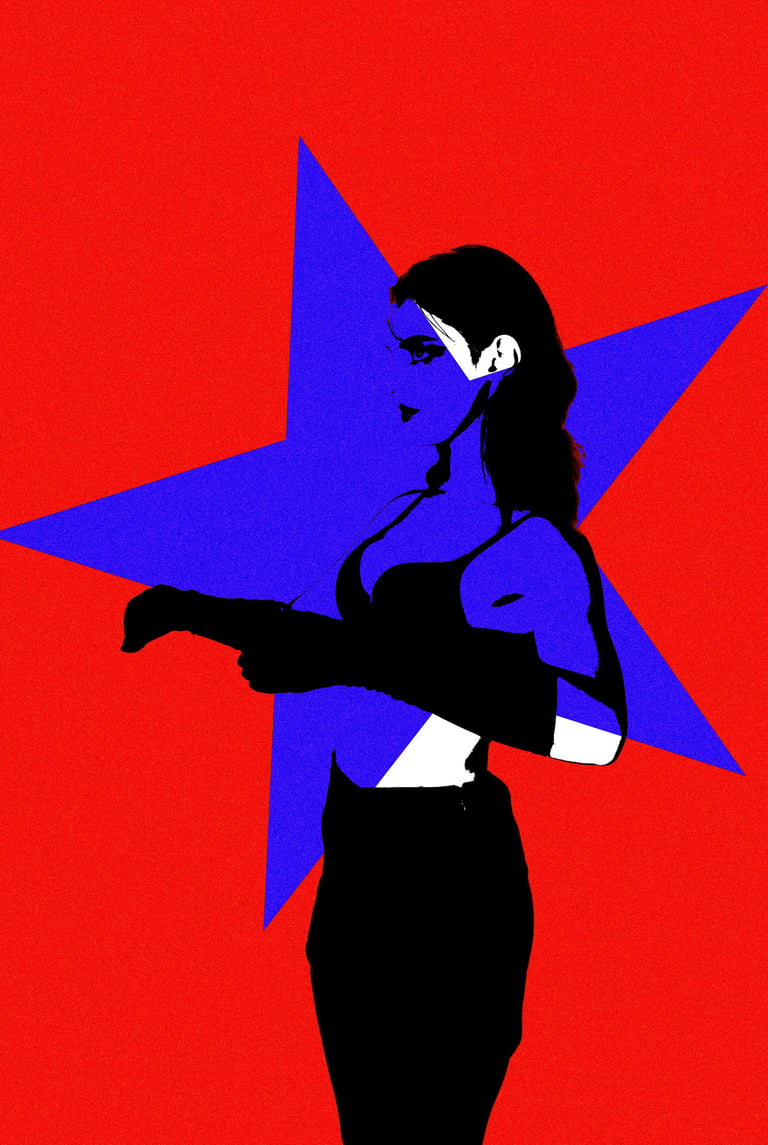

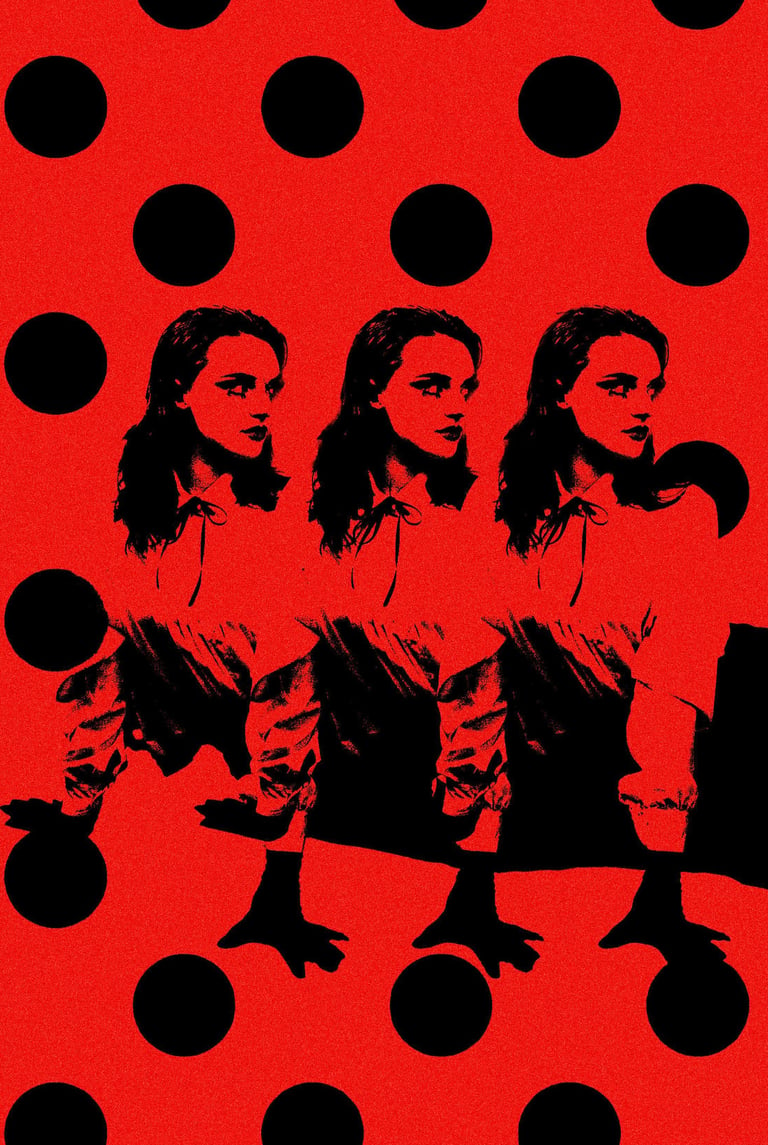

Regardless of anyone’s beliefs, the push and pull love-hate relationship pop art has created has only contributed more to the unique and highly intriguing nature that surrounds the artistic movement to this day. Using humor and pop culture, pop art made art accessible to everyone and destroyed the limitations of high art elitism and pretension. Though there has always been the freedom for anyone to make art, pop art broke down the idea that you had to have any pedigree in order to make good, worthy art. Today, pop art is everywhere— whether we know it or not.
